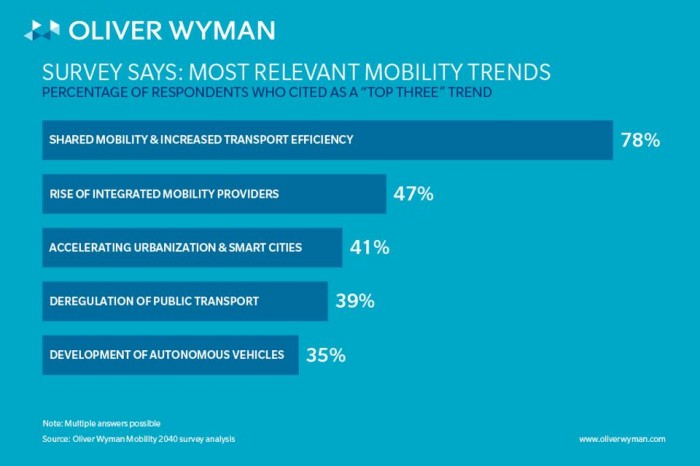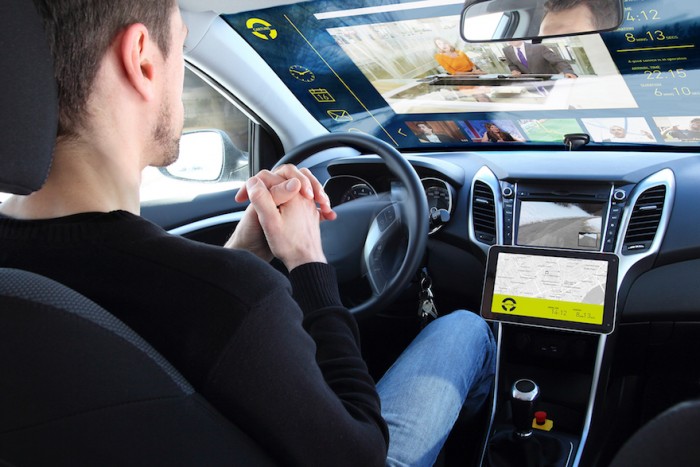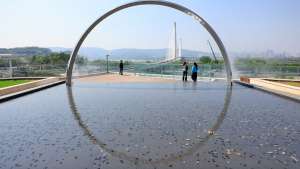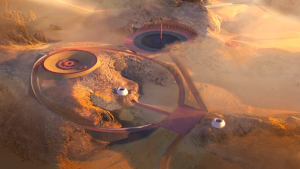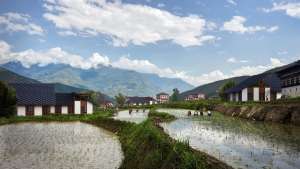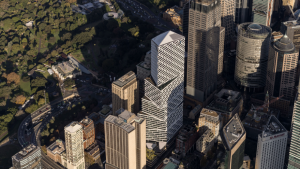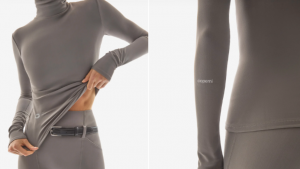There is an adage that says: The secret of change is to focus all of your energy not on fighting the old, but on building the new. Taking this into consideration, it’s tempting to take a sledgehammer to our current spatial problems (extreme traffic congestion and high concentrations of air pollution and planet-warming carbon emissions) and start from scratch. But a recently proposed solution calls for a little more finesse.
London architecture practice PLP unveiled the CarTube as a way to replace the stop-start model of current transportation with a fluid, integrated, underground network, and it’s already on Elon Musk’s to-do list.
In a nutshell, the problem is that the world has remained roughly the same size while the population has increased to an estimated 7.4 billion. The United Nations estimates it will further increase to 11.2 billion in the year 2100. These numbers have a drastic impact on global mobility as more and more people flock to megacities in search of employment and a better standard of living.
PLP’s solution would function as a network of tunnels spaced one kilometre apart, placed underneath the city and linked to existing vehicular infrastructure. "CarTube is a direct response to mass transit and traffic congestion in the world's largest cities. Moving high-speed car traffic below ground will revolutionise our concept of the city, allowing our urban spaces to be designed not for cars, but for people,” explains Lars Hesselgren, director of research at PLP.
Its integration with existing tech like self-driving cars and virtual trains, coupled with the fact that it’s not that hard or expensive to bore a tunnel, has seen the project well received. Similar solutions have already been suggested by international innovators like Musk who in 2013 recommended tunnels above all other strategies and recently tweeted plans to establish a Boring Company.
The concept is even more plausible when we consider that a recent survey conducted by Oliver Wyman placed autonomy and integration at the heart of future mobility.
After consulting several hundred executives and experts in the transportation industry, the management consultancy firm identified four key trends that will shape passenger transport over the next 25 years: 1) sustainable, efficient assets; 2) integrated personal mobility; 3) urbanisation and smarter cities; and 4) increased competition and innovation.
Think Hyperloop and other seamless, on-demand journeys.
This could also have massive implications for people in rural areas who struggle with their costly, dangerous and time-consuming daily commute. While it’s true that the marginalised would be the last to benefit from megacity innovations, it’s still promising when considered in relation to the possibility affordable housing in the new spaces created in megacities and the shared costs of group travel in autonomous vehicles.
Whether or not we’ll have it all figured out in the next 25 years remains to be seen. However, one thing is clear: The solutions exist, all we need to do is change the minds of people. Speaking on China’s escalating traffic problem, MIT aerospace engineer and research assistant Paul Natsuo Kishimoto explored the human component behind car ownership, something that became apparent to him when he first relocated to a major city:
“It was revelatory that you didn’t need a car to get everywhere,” he recalls. “I had not given much thought that there was another way that your life could be organised other than having mom and dad drive you everywhere, borrowing a vehicle or getting picked up, or, perhaps, not going to certain places at certain times. In the city you just walk out the door, get on a bike or get on transit; things are within walking distance. I started realising that this was a consequence of planning decisions, of policy. That in the suburb where I had grown up, somebody had made a choice at some point that we’re going to build subdivisions instead of building a dense urban form that’s more walkable and livable.”
For now, if you do find yourself stuck in a traffic jam, there’s nothing to do but dance...

